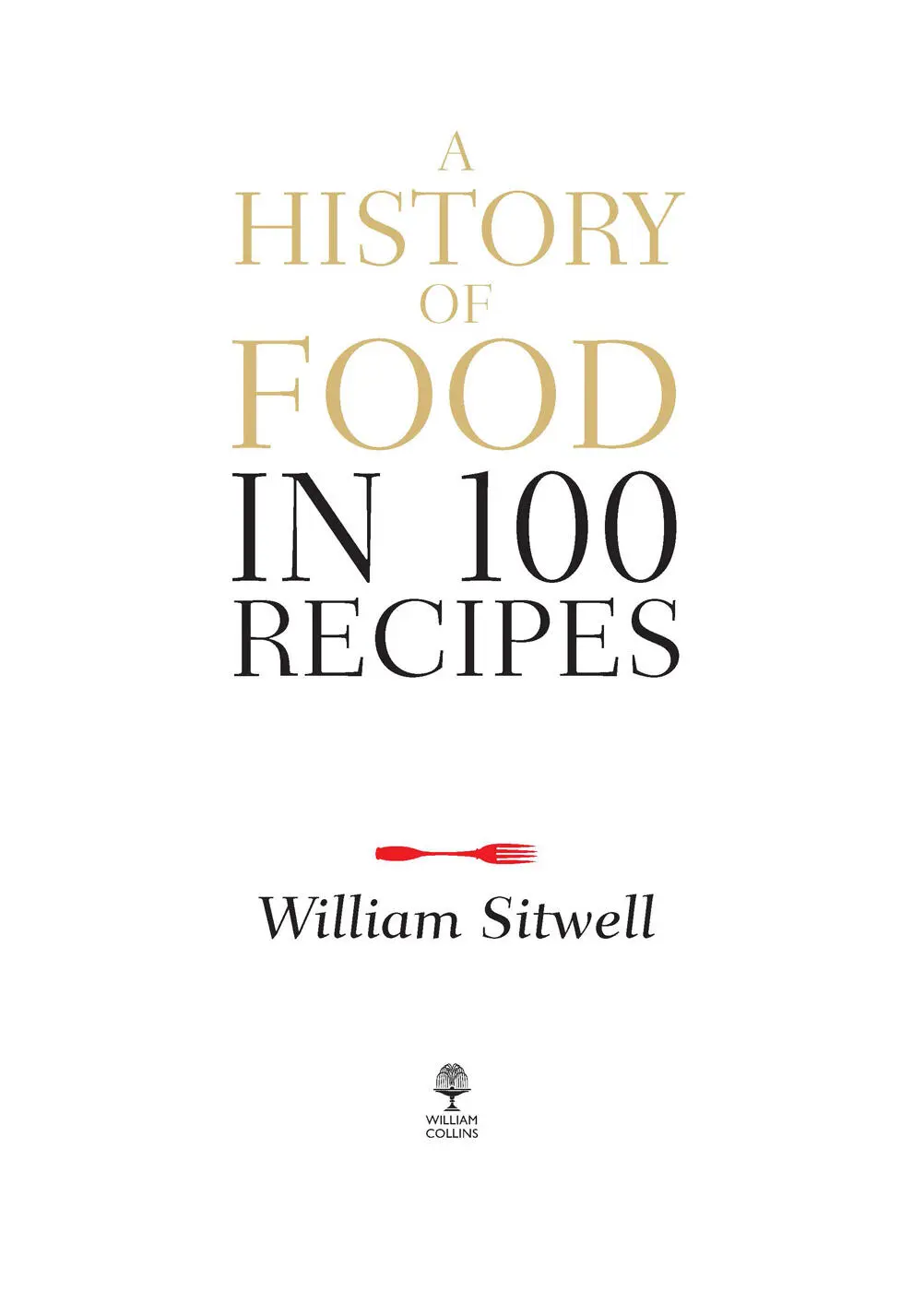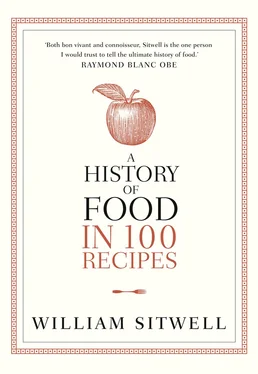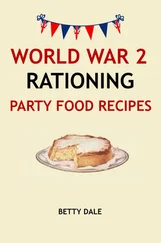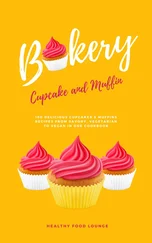
Copyright
William Collins
An imprint of HarperCollinsPublishers
1 London Bridge Street
London SE1 9GF
WilliamCollinsBooks.com
Text © William Sitwell 2012
William Sitwell asserts the moral right to be identified as the author of this work
Cover illustration © Shutterstock
A catalogue record for this book is available from the British Library
While every effort has been made to trace the owners of copyright material reproduced herein and secure permissions, the publishers would like to apologise for any omissions and will be pleased to incorporate missing acknowledgments in any future edition of this book
All rights reserved under International and Pan-American Copyright Conventions. By payment of the required fees, you have been granted the non-exclusive, non-transferable right to access and read the text of this e-book on-screen. No part of this text may be reproduced, transmitted, down-loaded, decompiled, reverse engineered, or stored in or introduced into any information storage and retrieval system, in any form or by any means, whether electronic or mechanical, now known or hereinafter invented, without the express written permission of HarperCollins
Source ISBN: 9780007412006
eBook Edition © January 2015 ISBN: 9780007412013
Version: 2015-02-24
For Laura
Contents
Cover
Title Page
Copyright
Dedication
Introduction
A note on the recipes
1 – Ancient Egyptian bread, 1958–1913 BC
2 – Kanasu broth (Meat and vegetable stew), circa 1700 BC
3 – Tiger nut sweets, circa 1400 BC
4 – Fish baked in fig leaves, 350 BC
5 – To salt ham, 160 BC
6 – Roast goat, 30 BC
7 – Another sauce for fowl, AD 10
8 – Honeyed cheesecakes, circa AD 200
9 – Congee, AD 636
10 – Dried fish, circa AD 800
11 – Manchet bread, circa 1070
12 – Pasta, 1154
13 – Rummaniyya (Meatballs in pomegranate sauce), 1250
14 – Pear of pies, 1379
15 – Erbolate (Baked eggs with herbs), 1390
16 – Green porray, 1392
17 – Party planning, 1420
18 – Muscules in shelle (Mussels in white wine sauce), 1440
19 – Lese fryes (Cheese tart), circa 1450
20 – Ravioli for non-Lenten times, 1465
21 – For to bake quinces, 1500
22 – Hippocras jelly, 1530
23 – Turkey tomales, circa 1540
24 – Hot chocolate, 1568
25 – To prepare a thick broth called zabaglione, 1570
26 – Earth apples (Potatoes fried and simmered with bacon bits), 1581
27 – Trifle, 1596
28 – Prince-biskets (Prince biscuits), 1602
29 – To butter crawfish, 1604
30 – An Englishman discovers the fork, 1611
31 – Spargus with white sauce, 1651
32 – A good supper dish (Mutton baked in breadcrumbs), 1664
33 – Peas soope, 1669
34 – Roast fillet of beef, 1671
35 – Fish experiment XIII, 1681
36 – Tomato sauce in the Spanish style, 1692
37 – Salad dressing, 1699
38 – Ice cream, 1718
39 – Puff past (Puff pastry), 1739
40 – Little foie gras pastries with truffles, 1740
41 – A Yorkshire pudding, 1747
42 – To make chip marmalade, 1783
43 – Sandwiches, 1787
44 – A buttered apple pie, 1796
45 – Soufflé, 1816
46 – Spring fruit pudding, 1817
47 – Pheasant Brillat-Savarin, 1825
48 – Cupcake, 1828
49 – Petits soufflés à la rose, 1833
50 – Brussels sprouts, 1845
51 – Kedgeree or kidgeree, an Indian breakfast dish, 1845
52 – Welsh rarebit, 1852
53 – Cauliflower & cheese, 1860
54 – Roly-poly jam pudding, 1861
55 – Eggs à la Benedick, 1894
56 – Hollandaise sauce, 1895
57 – Strawberry shortcake, 1896
58 – Preparation of peas, 1902
59 – Peach Melba, 1903
60 – Scotch barley broth, 1907
61 – Onion butter sauce, 1908
62 – Croque monsieur, 1915
63 – Chocolate cake, 1916
64 – Spaghetti à la Campbell, 1916
65 – Creamed mushrooms, 1919
66 – Strawberry ice-cream soda 1927
67 – Toad-in-the-hole, 1927
68 – Quick oatmeal cookies, 1931
69 – Omelette, 1937
70 – Elderberry & apple jam, 1940
71 – French creamed oysters, 1941
72 – Rice Krispies treats, 1941
73 – Victoria sandwich cake, 1948
74 – Cassoulet toulousain, 1950
75 – Syrup tart, 1950
76 – Boeuf bourgignon (Beef stew in red wine, with bacon, onions and mushrooms), 1961
77 – Watercress soup for one, 1963
78 – A large cocktail crush for 40, 1965
79 – Négresse sans chemise, 1966
80 – Cheese fondue, 1970
81 – Mediterranean lemon soup with Middle Eastern tacos, 1971
82 – Lamb korma, 1973
83 – Ginger cake, 1974
84 – Salmon fish cakes, 1976
85 – Classic bouillabaisse, 1984
86 – Sweet & sour pork, 1984
87 – Giura (Slow-braised beef), 1986
88 – Tagliatelle of oyster with caviar, 1987
89 – Chicken & goat’s cheese mousse with olives, 1987
90 – Quails with couscous, 1990
91 – Individual sausage, tomato & artichoke-heart pizzas, 1995
92 – Pecan waffles with pecan & banana syrup, 1998
93 – Fairy cakes, 2000
94 – Bacon, leek & potato gratin, 2001
95 – Spiced prawns, 2001
96 – Smoked mackerel pâté, 2004
97 – Asian salad with ponzu ginger dressing & wasabi peas, 2006
98 – Steamed salmon with tomato basil couscous, 2009
99 – Stewed rhubarb, 2010
100 – Meat fruit (or fois gras & chicken liver parfait), 2011
Select bibliography
Searchable Terms
Text credits
Acknowledgements
From the Reviews of A History of Food in 100 Recipes
About the Author
About the Publisher
Introduction
After an auction at Sotheby’s, in the summer of July 2010, I came away with an armful of nineteenth-century cookery books and a smattering of food-related paintings and cartoons. They had been a tiny part of a vast culinary collection owned by one Stanley J. Steeger and now, as I took them home to Northamptonshire, they would be a large part of a rather small collection of one William R. S. Sitwell.
There on a shelf in my study, a room filled with giant photographs of food – ripened figs in a bowl, peas in a pod and a Damian Hirst-style ‘shark in jelly’ – the books added intellectual and historical weight to what I already had. There were cookery books sent to me by publishers and PRs over the years hoping for coverage in the food magazine I edit, autobiographies penned by famous chefs I know and the odd food tome that I had actually paid for.
I started leafing through the old books I had bought, slightly wondering if, while they certainly gave character to the shelf, they would be as dry to read as they looked from their tired bindings and browned paper. But I was quickly struck by the characterful writing that leapt from so many of the pages. Where I had expected placid cooking instruction I found verbose opinion. Entries in the nineteenth-century Cassell’s Dictionary of Cookery, for instance, were filled with radical opinion and comment. ‘It is a shocking thought that many die annually of absolute starvation, whose lives might have been saved twenty times over,’ wrote the editor, A. G. Payne, in a long and ranting introduction.
That view sounded rather familiar, I thought. ‘Scraps of meat, fag ends of pieces of bacon, too often wasted, with a little judicious management, make a nice dish of rissoles,’ it continued, making the idea that using leftovers was ‘fashionable’ – as promulgated in magazines such as mine – seem laughably prosaic.
Читать дальше













